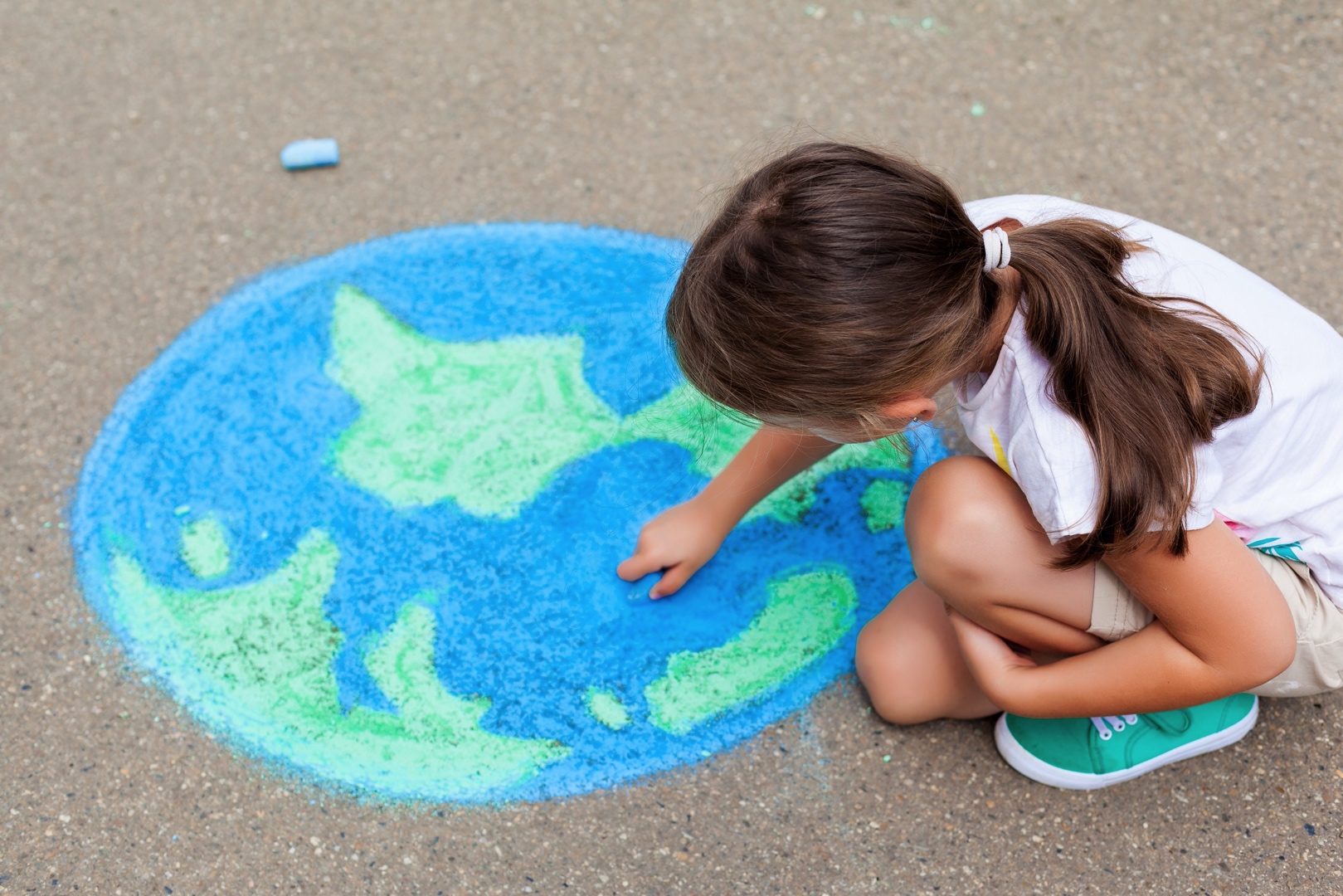Can you remember painting or drawing as a child and how time seemed to fly by? Or the satisfaction of taking a picture home from school to be admired?
Watching any child take part in an art activity is pure joy; their enjoyment and total immersion in the activity clear to see. But much more is happening than meets the eye. Giving children the freedom to express themselves through art is allowing them to embark on an exciting journey with advantages much greater than just creating art.
The benefits of art making on child development are well documented, but how does art help children to understand the world around them and their place in it?
Young children still have a wonderfully unrestricted view of the world and their place in it. I’ve often been amazed how art making can help children create a new skill set for expressing their feelings, communicating and interacting with the world around them.
So, let’s look at what typically happens when a child is given a variety of art materials to choose from and the freedom to draw themselves in any way they wish. The first step would be deciding on what to draw and which materials to use. Through internal dialogue, the child uses her problem solving skills to meet the challenge through a structured approach and plan. For example, “I am going to draw myself at my school on a big sheet of paper using paints.”
The child now has a plan and the painting process can start. From thereon, through internal dialogue, many decisions are continually being made regarding the size and placement of the figures, the colour and composition. When painting herself, the child reflects on her size, what she looks like as well as her position in relation to others. Thereby becoming aware of how she sees herself, others and ultimately her place in the world around her. Similarly, she will assess her relation to other objects around her such as buildings, trees and the sky. These quick subconscious decisions communicated through art, are invaluable in gaining self-understanding.
Young children often find it difficult to express their feelings verbally, mostly because they do not always know what they are feeling. Art making can facilitate awareness of and communication of feelings and emotions. In this case, when drawing herself and her friends, our young artist has to decide how everyone is feeling in order to paint their facial expressions accordingly. Likewise, in order to draw a friend, she has to emotionally place herself in her friend’s shoes, thus learning to understand and empathise with others, which are essential skills in becoming an emotionally intelligent person.
Children do not only love doing art, the additional emotional benefits and development of skills are significant. While engaging in a fun art activity, children will also learn planning, problem solving, self-expression, communication and empathy and gain an enhanced understanding of themselves and their relation to the world around them. All in all a win-win situation, I would say.


